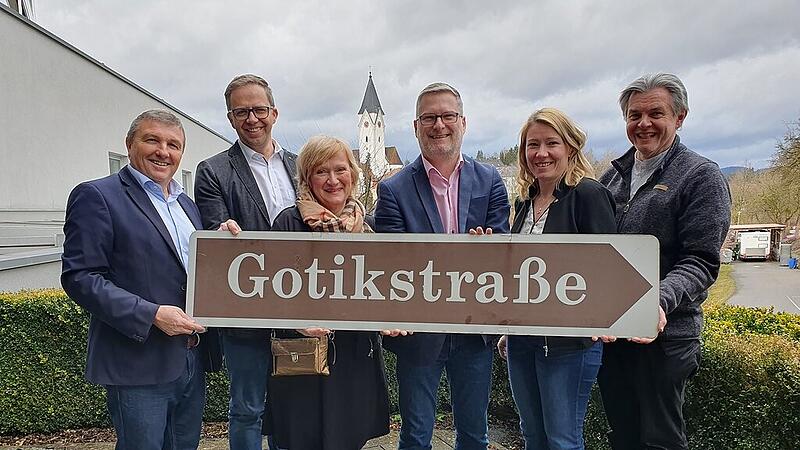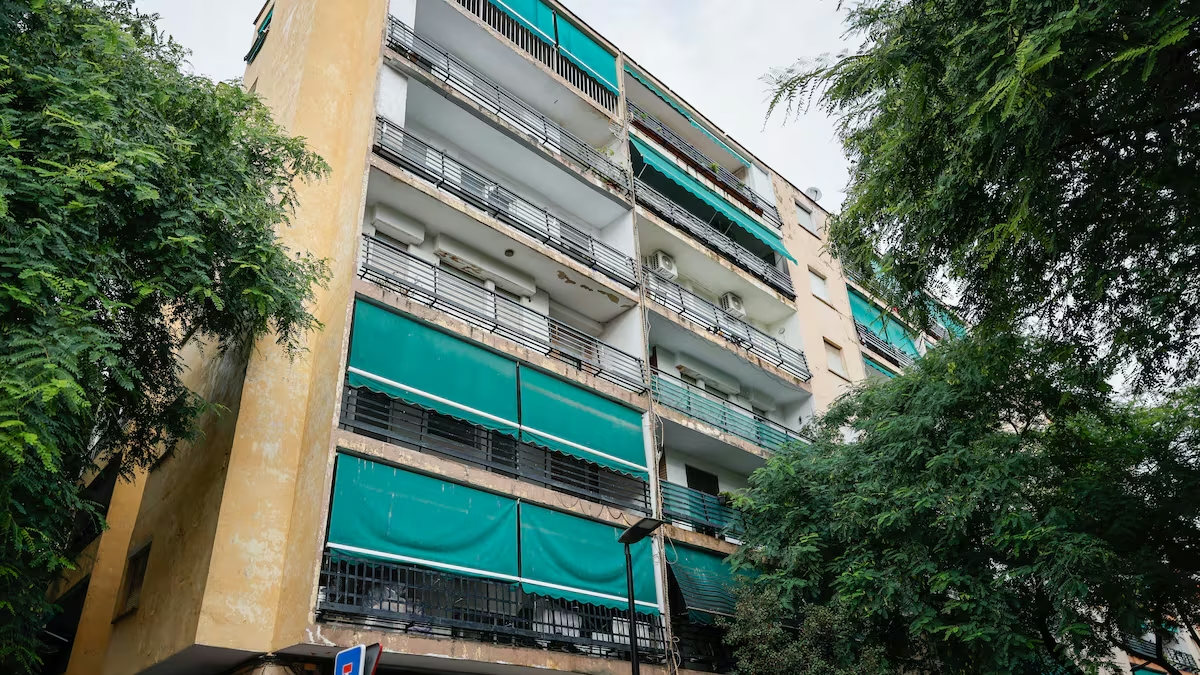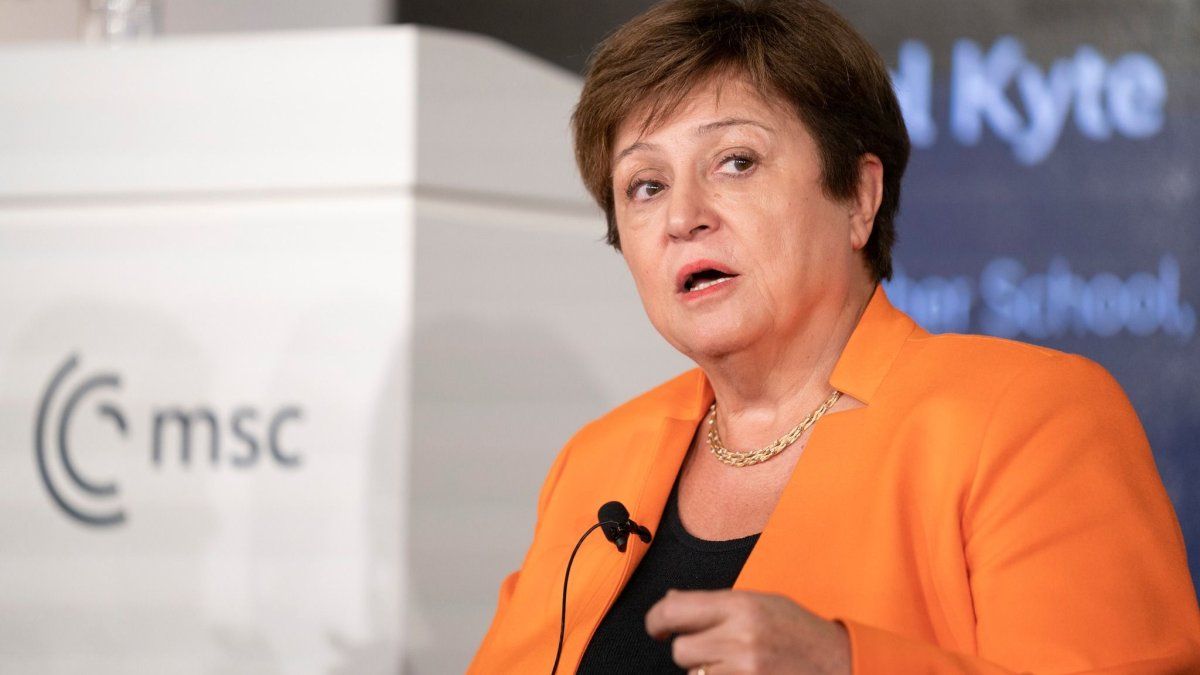They are so ubiquitous that they are often overlooked in everyday life: For 25 years, the brown “Gotikstraße” signs have been reminding us that there are more Gothic works of art and buildings in the Lower Mühlviertel than almost anywhere else in Austria: from Königswiesen to Bad Zell , Wartberg and St. Michael ob Rauchenödt to the parish church of Kefermarkt with its famous winged altar. A number of castles and palaces as well as town houses in Freistadt also have their origins in the Gothic era.
This architectural treasure is now being taken up more and more by tourists. On the initiative of the Mühlviertler Alm Freistadt tourism association, the LEADER regions Mühlviertler Kernland and Mühlviertler Alm and several communities and parishes, a concept for the “reactivation and expansion of the Mühlviertler Gothic Road” was drawn up. Several working groups explored ways of making the “Gothic treasure” more accessible to the public and, above all, to visitors.
Which screws should be turned to arouse interest in Gothic? Above all, those involved rely on digital processing with modern communication techniques. Great potential lies dormant in the linking of spiritual and secular subject areas, as well as in the development of a database with images, videos and specialist literature. An important target group are families with children.
Stefan Wunderle, Managing Director of the Mühlviertler Alm Freistadt Tourism Association, expects a number of tourism opportunities for the Mühlviertler Hügelwelt from contemporary architecture tourism: “If we create this contemporary approach to communication, we can then stage the Gothic theme even more strongly than before and thus attract additional guests to the Mühlviertel all year round.”
Efforts should not stop at national borders. The extension of the Gothic Street to South Bohemia is another element of the efforts. To this end, possibilities for cooperation were discussed together with the South Bohemian tourist office, the diocese of Budweis and the University of Budweis. Accordingly, there is also a willingness to cooperate in the Czech Republic. The project ideas collected so far are to be implemented in an “Interreg” project in the coming years. In addition to the congregations and parishes, the Regional Cultural Directorate, Upper Austria Tourism and the Diocese of Linz also expressed interest in working together.
Source: Nachrichten




